Neotek, your partner for complex marine projects
Neotek, your partner for complex marine projects
Underwater positioning technologies allow precise navigation and tracking in the water column.
Our solutions include:
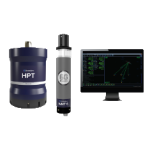
Used to transmit and receive acoustic signals underwater for precise localization.
How it works :
Applications :
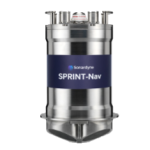
Measures the velocity and altitude of a vehicle -drone or vessel- relative to the seabed.
How it works :
Applications :
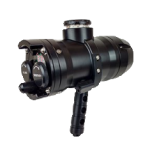
Acoustic transponders that emit and detect signals for localization.
How it works :
Applications :
Nearshore and offshore operations require accurate surface positioning, which is vital for safety and operational efficiency. Neotek provides reliable GNSS, RF, and satellite communication systems for SAR (Search and Rescue), navigation, and monitoring.
Our systems include:
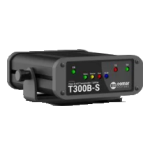
Track vessel identity, location, and movement in real time.
How it works :
Applications :
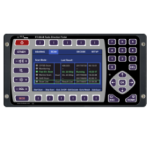
Determine the direction of RF signals for navigation and rescue.
How it works:
Applications :
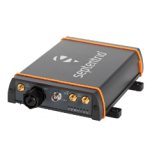
Global satellite-based positioning for real-time marine navigation.
Main satellite constellations:
Capabilities:

Rugged and autonomous beacons to secure subsea assets.
Features :
Users :
Tous droits réservés © Neotek 2023 – Siret 478 468 655 000 61